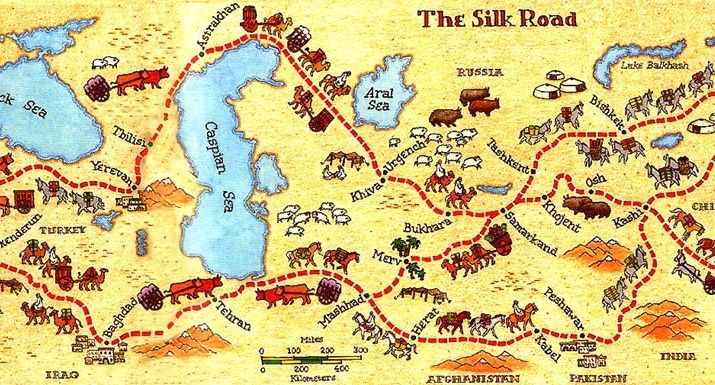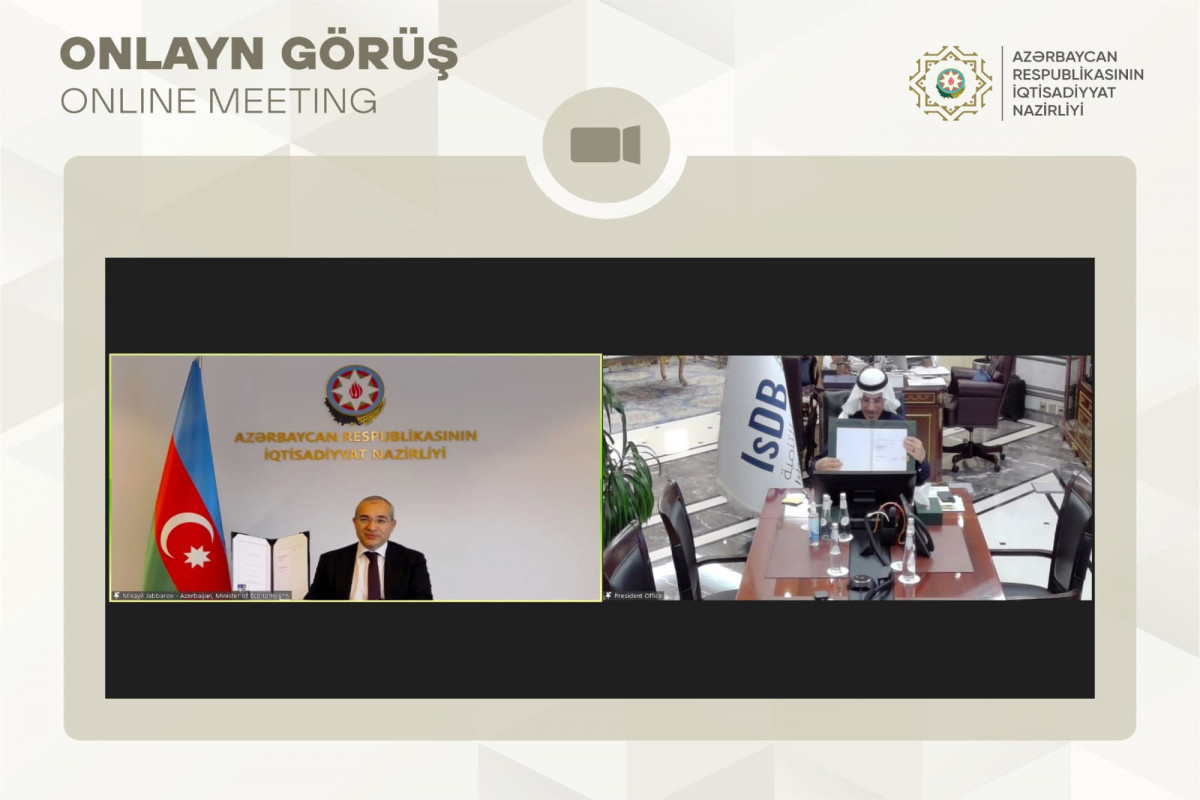The Great Silk Road, which appeared in the III century BC and existed until the sixteenth century has played a big role in the historical fate of the Kyrgyz people, as well as other peoples of Central Asia.

It got its name from the silk which was the main article of Chinese merchants: the Western countries did not know the method of its manufacture, and so it was appreciated there like gold dust. The total length of the longest shopping road was about 7 thousand kilometers and it took merchants three years to overcome it on horses and camels. A huge flow of various commodities was being delivered on the Silk Road from the East to Central Asia. Here one could buy silk and other fabrics, iron products, dishes, gold, silver and other jewelry. Besides, Ferghana horses, high-value goods: skins of wild animals, grape wine, pomegranates and nuts also were being delivered from Central Asia to other countries. The slaves –the prisoners, who were captured by nomads during the attack on other tribes were also being sold.
In ancient times, the territory and the people of current Kyrgyzstan were the source and at the center of formation of the greatest economic and cultural phenomenon in the world history of the Silk Road. Occupying a favorable geographical position on the trade routes, and soaking up the cultural achievements of East and West, Kyrgyzstan was the bridge that connected the East and the West. Three branches of the ancient caravan route had passed through the territory of Kyrgyzstan, namely, the Pamir-Alai, south and north, which runs through Tien-Shan and Pamir high mountain passes.
The first route had passed from Termez through Samarkand, along Kyzyl-Suu to Alai and went to Kashgar via the current Irkeshtam pass. The Ferghana branch went through Khujand to Osh. Osh was the main trading point from where the caravans moved on to Urumqi and Kashgar through Torugart Pass. The third branch runs from Zamin Rabat to Tashkent, Ispedzhab, Taraz, Nuzket (Kara-Balta) and Balasagyn (Burana). From here caravans were going through Boom canyon to Issyk-Kul, and further to China via San Tash pass in the Issyk-Kul basin.
Rich cities, trade and craft settlements, caravansarais like Jul, Suyab, Novokent, Balasagyn, Barskoon, Tash-Rabat, Osh, Uzgen emerged on the routes of caravans and flourished. Thus, the medieval Kyrgyzstan became one of the cultural centers of ancient Turkic peoples.
These routes linked the East and the West about 15 centuries. It is characteristic that the direction of the Great Silk Road had been changing constantly for thousands of years, but the caravan routes through the Kyrgyz land has always remained the same, ie, Kyrgyzstan is a kind of "keeper of mountain gate" of this ancient caravan route.
Until now the territory of Kyrgyzstan keeps these memoirs in the form of monuments located on the Silk Road: Manas Kumbez, Tash-Rabat caravanserai ( IX century) Burana Tower, Mount Suleiman, Uzgen architectural complex, Shah-Fazil mausoleum.

The Great Silk Road gave a boost not only trade, but also contributed to active exchange of spiritual values of the Kyrgyz people with the peoples of other countries. For centuries, there were multilingual noisy bazaars, hundreds of years, silk and precious stones, spices and dyes, gold and silver, exotic southern birds and animals were carried for sale to Europeans on dusty caravan roads.
It is also worth noting that the most extended and the main portion of the Silk Road passed through the territory of Central Asia, including Kyrgyzstan.
Currently, there is a need to restore much of the ancient Silk Road, and the process of globalization has made the New Silk Road project the most attractive platform for the implementation of the integration megaprojects.










